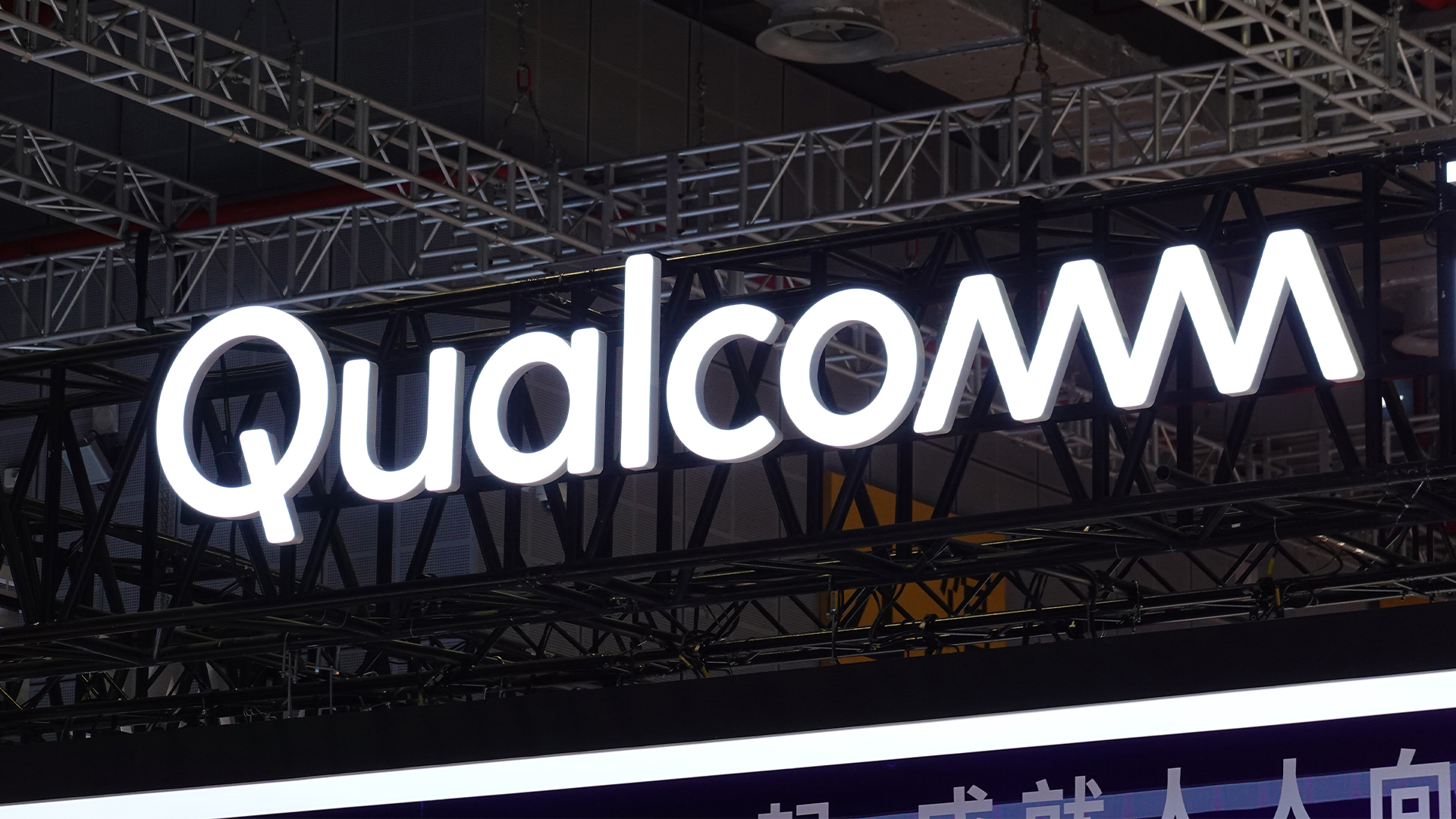Google says it will pause AI data centers to help overloaded grids
Agreements with two utility companies will reduce AI data center demand during peak consumption times

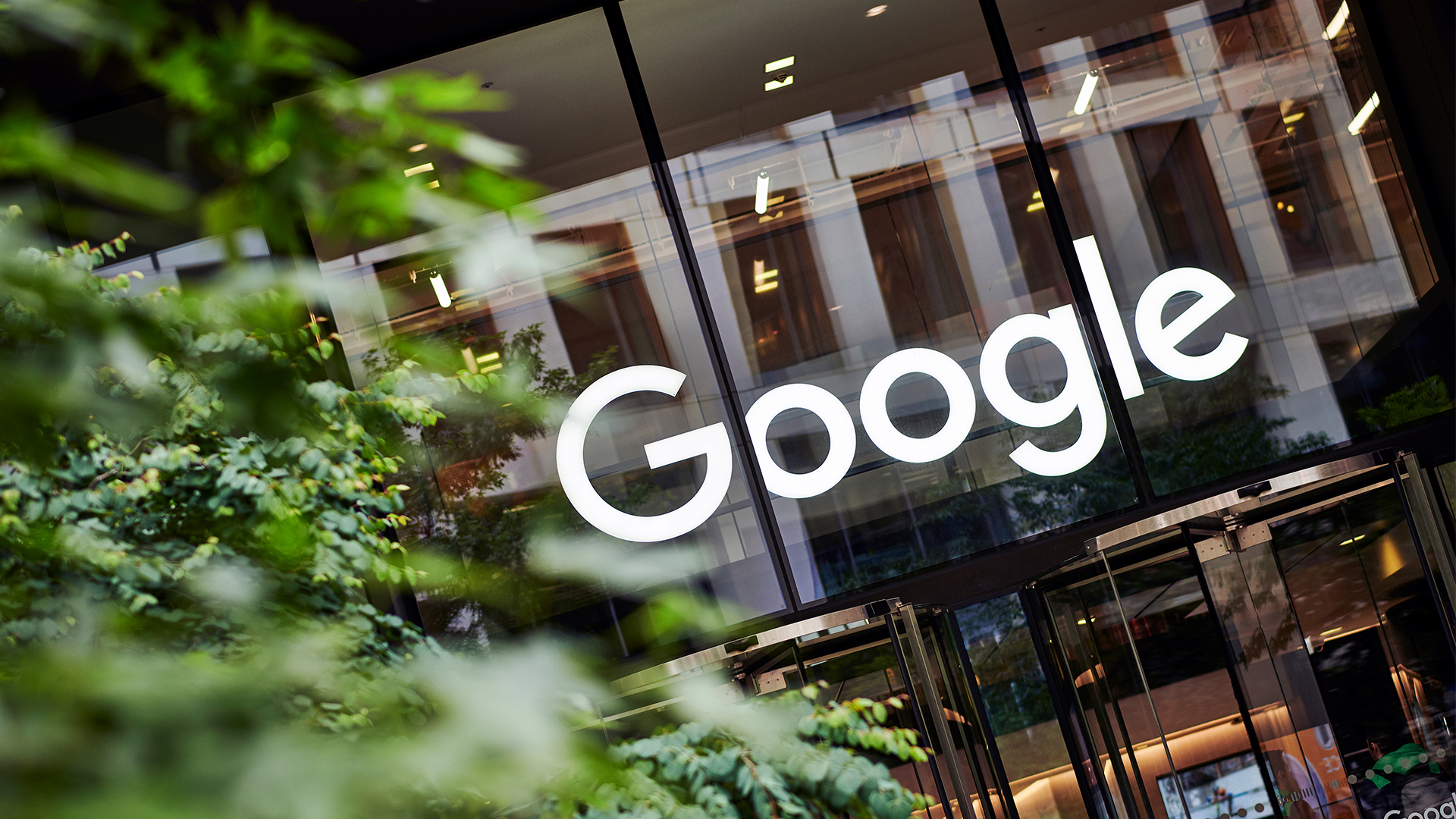
Google has pledged to pause AI workloads when electricity grids are hit by demand spikes.
In a blog post this week, the tech giant revealed it had signed agreements with two electrical utilities in the US to flexibly manage how its AI data centers consume power during times of peak demand.
The agreements are with Indiana Michigan Power and Tennessee Valley Authority, and will bring flexible demand into Google data centers to allow them to shift or reduce power consumption "during certain hours or times of the year."
Google's pledge comes amid the rise of AI and fears of what it might mean for energy supply, with data centers designed for the technology chewing through large amounts of electricity, as well as water for cooling.
"These capabilities, often referred to as demand response, have several advantages, especially as we continue to see electricity growth in the US and elsewhere," said Michael Terrell, head of advanced energy at Google.
"It allows large electricity loads like data centers to be interconnected more quickly, helps reduce the need to build new transmission and power plants, and helps grid operators more effectively and efficiently manage power grids,” Terrell added.
"These agreements represent the first time we’re delivering data center demand response by targeting machine learning (ML) workload.”
Sign up today and you will receive a free copy of our Future Focus 2025 report - the leading guidance on AI, cybersecurity and other IT challenges as per 700+ senior executives
Google has admitted its emissions have surged 51% over the last five years, partially driven by the AI boom, and the company has invested in renewables and nuclear — as well as funding training to boost the number of electricians in the US.
Google has been testing similar setups
While this is the first time "demand response" has been used with AI data centers, Google has trialled the idea with Omaha Public Power District, reducing demand for power from data centers when storm Gerri hit the Midwest in January 2024, knocking power plants offline.
The company also uses a similar idea with YouTube, shifting workloads to regions with less intense power demands and to maximize use of renewables.
"The first data center demand response capabilities we developed involve shifting non-urgent compute tasks — like processing a YouTube video — during specific periods when the grid is strained," Terrell said.
"Through our ongoing partnerships with Centrica Energy and transmission system operator Elia in Belgium, and Taiwan Power Company in Taiwan, we've leveraged this capability to help grid operators maintain reliability during those periods of the year when demand is the highest."
Applying the idea to AI workloads makes sense given their high energy consumption and the limited power sources available.
"By including load flexibility in our overall energy plan, we can manage AI-driven growth even where power generation and transmission are constrained," Terrell said. "We believe this is a promising tool for managing large new energy loads and facilitating investment and growth."
AI risk to energy supply
The move was welcomed by Indiana Michigan Power. Steve Baker, president and chief operating officer at the energy supplier, said closer ties between industry and utility companies will be crucial to maximize efficiency.
"As we add new large loads to our system, it is critical that we partner with our customers to effectively manage the generation and transmission resources necessary to serve them," he said.
"Google’s ability to leverage load flexibility as part of the strategy to serve their load will be a highly valuable tool to meet their future energy needs."
Though the agreement is limited to two utilities, it's likely such deals will be struck in the future more frequently as tech giants building data centers seek access to grids.
Google admitted there are limitations, however, and not all services can be paused.
"Data center demand flexibility is still in the early stages and will only be available at certain locations," Terrell said.
"There are limits to how flexible a given data center can be, since high levels of reliability are critical for services like Search and Maps, as well as Cloud customers in essential industries like healthcare."
That means "demand response" isn't a solution to the looming challenges faced by electrical grids thanks to the AI boom, with both the US and Europe needing significant investment to keep pace with the technology's power demands.
The International Energy Agency has said AI will chew through the same amount of energy as Japan by 2030.
Make sure to follow ITPro on Google News to keep tabs on all our latest news, analysis, and reviews.
MORE FROM ITPRO
Freelance journalist Nicole Kobie first started writing for ITPro in 2007, with bylines in New Scientist, Wired, PC Pro and many more.
Nicole the author of a book about the history of technology, The Long History of the Future.
-
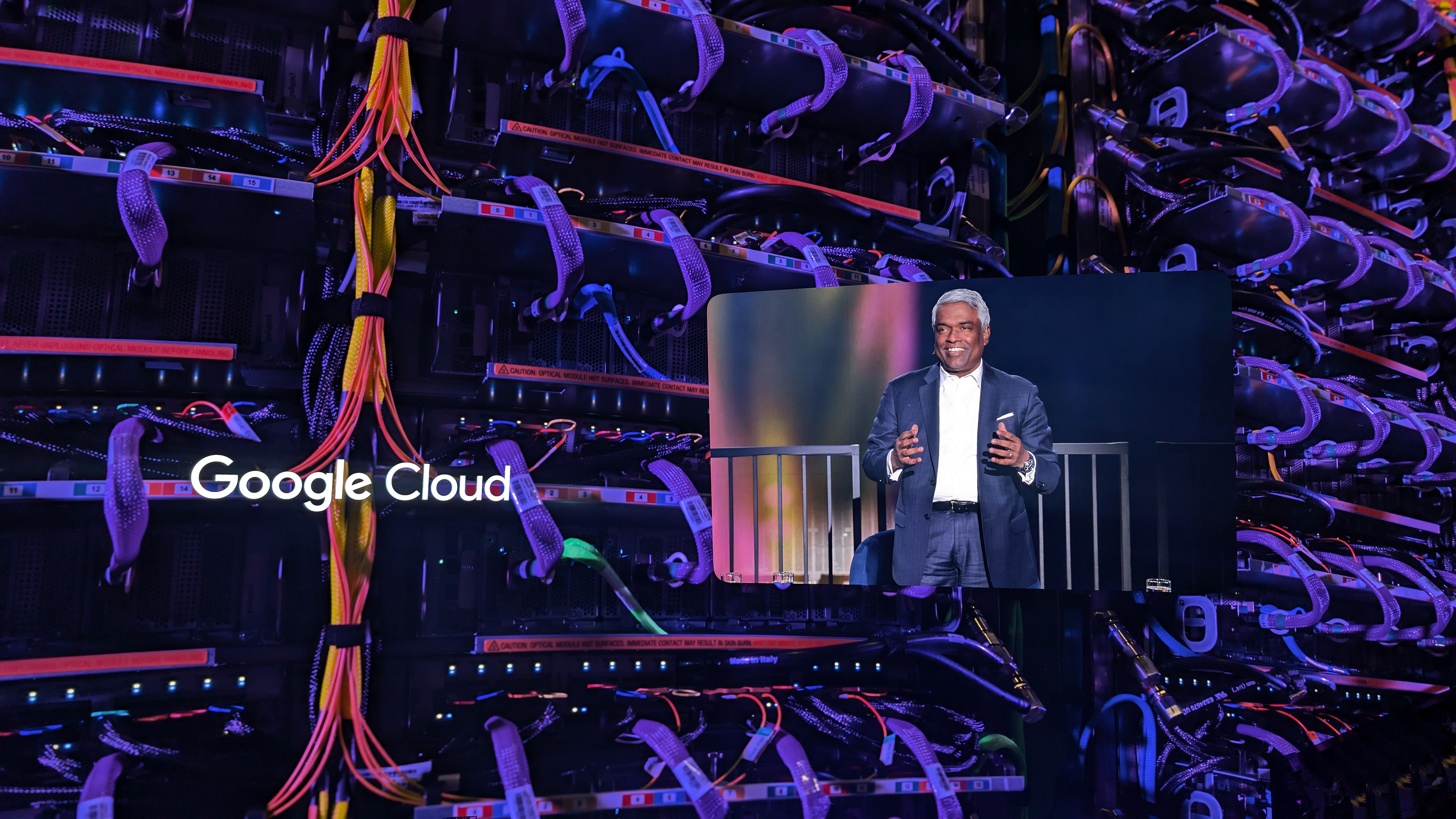 What is a tensor processing unit (TPU)?
What is a tensor processing unit (TPU)?Explainer Google's in-house AI chips are the most notable alternative to Nvidia at the enterprise scale
-
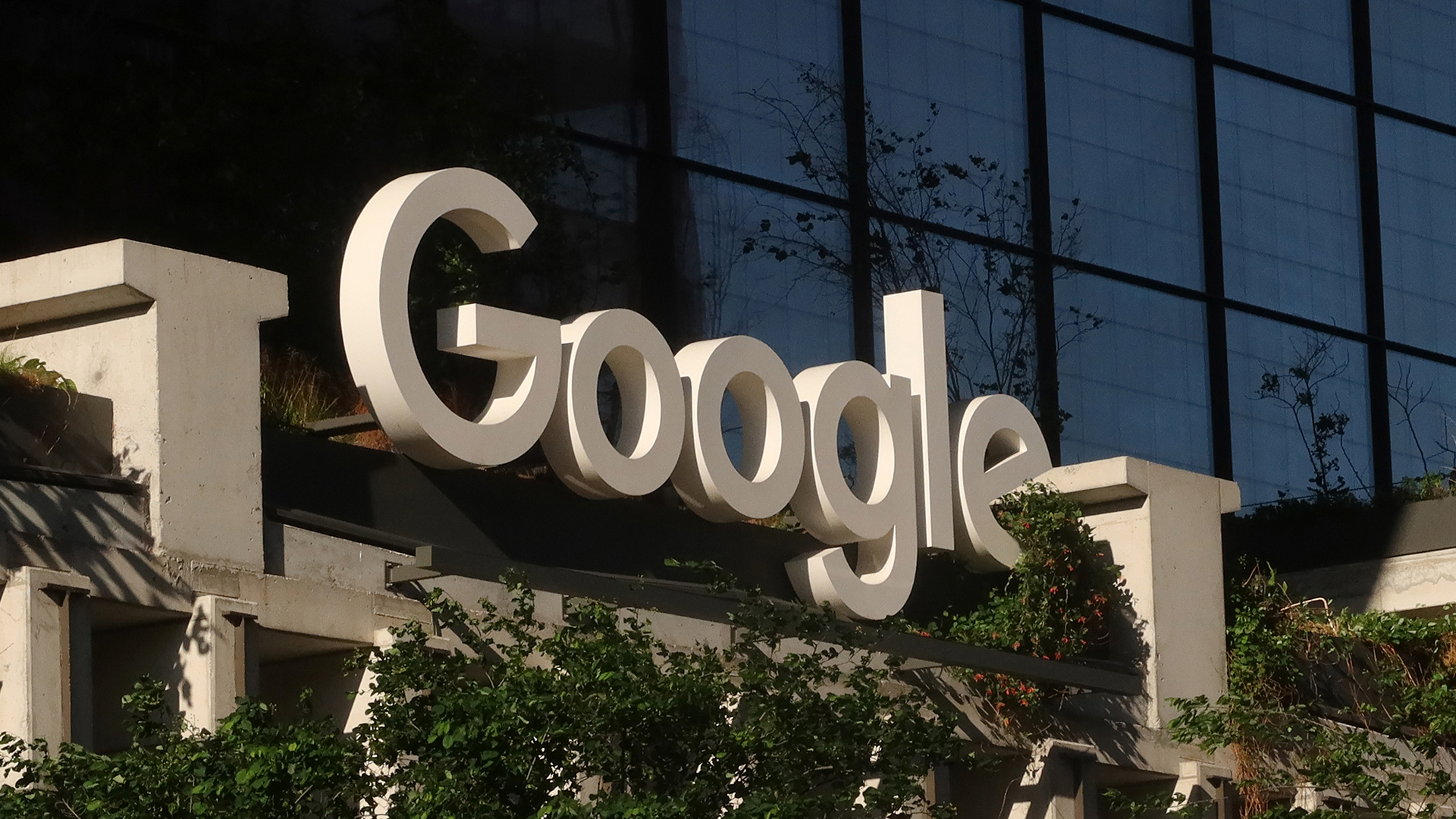 Google opens doors on UK data center ahead of Trump visit
Google opens doors on UK data center ahead of Trump visitNews The Waltham Cross data center opening comes alongside £5 billion in investment across the country
-
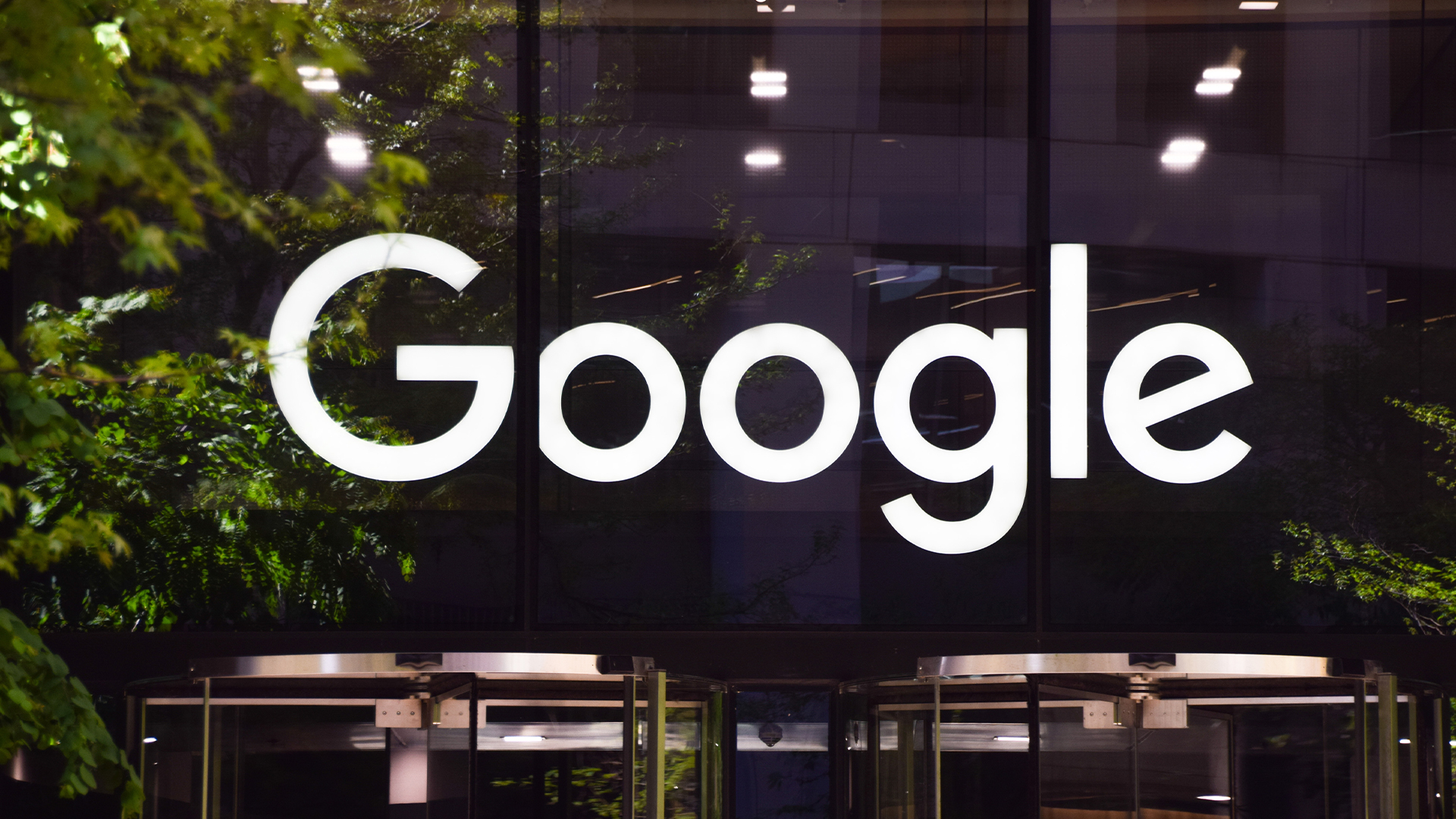 Google just confirmed the location of its first small modular reactor
Google just confirmed the location of its first small modular reactorNews Developed by Kairos, Google's first small modular reactor will be located in Tennessee, with operations beginning in 2030.
-
 Google emissions have surged 51% in five years – but it’s making solid progress in data center efficiency
Google emissions have surged 51% in five years – but it’s making solid progress in data center efficiencyNews While overall carbon emissions have increased significantly, the company is making solid progress in bolstering data center energy efficiency.
-
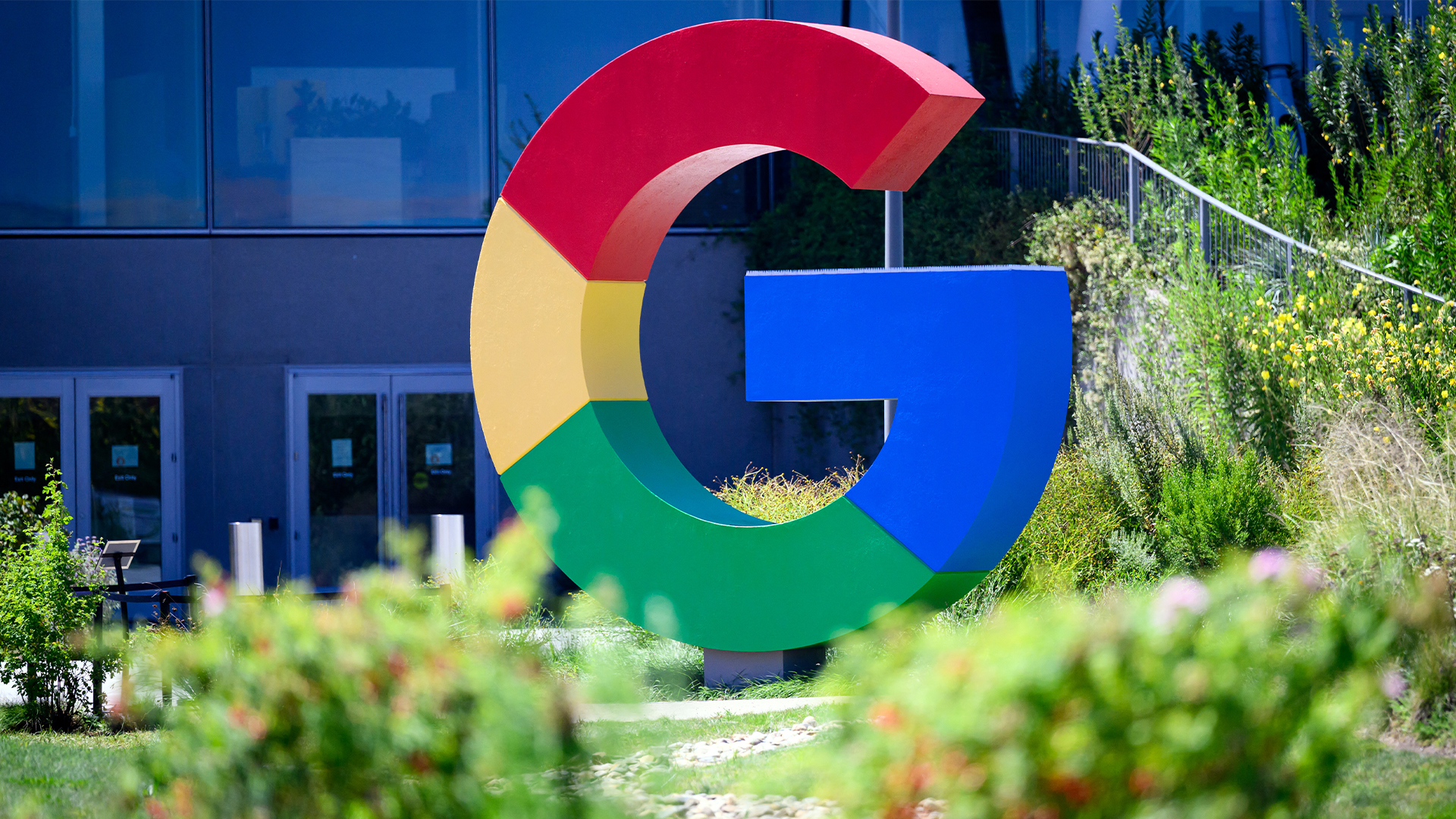 Google is worried about AI power failures – so it wants to train electricians
Google is worried about AI power failures – so it wants to train electriciansNews Lost your job to AI? Google might have a new career opportunity for you
-
 Google shakes off tariff concerns to push on with $75 billion AI spending plans – but analysts warn rising infrastructure costs will send cloud prices sky high
Google shakes off tariff concerns to push on with $75 billion AI spending plans – but analysts warn rising infrastructure costs will send cloud prices sky highNews Google CEO Sundar Pichai has confirmed the company will still spend $75 billion on building out data centers despite economic concerns in the wake of US tariffs.
-
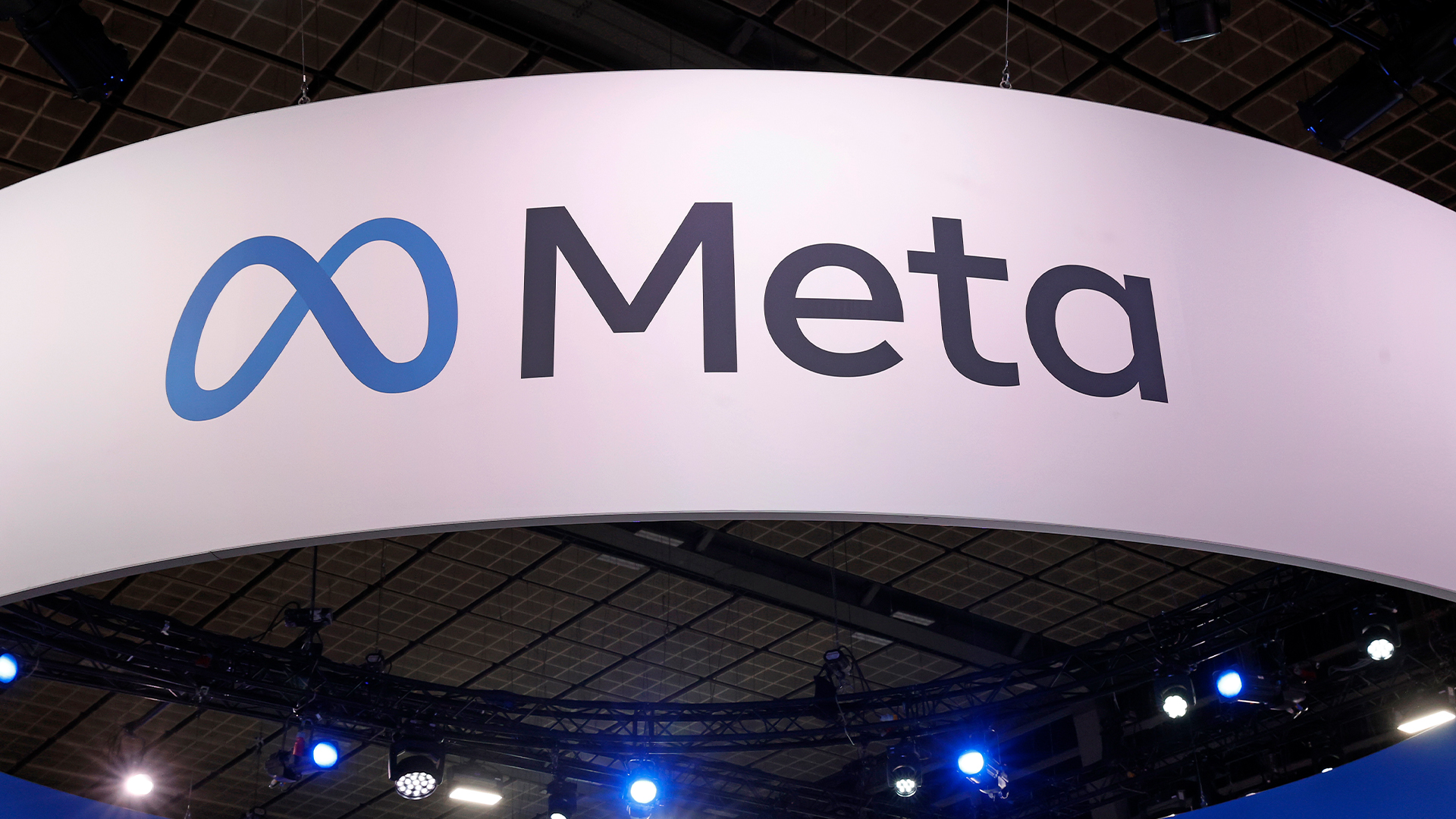 Meta wants to join the big tech nuclear club
Meta wants to join the big tech nuclear clubNews Meta has become the latest big tech company to explore the use of nuclear energy to power data centers.
-
 Data centers will be critical to UK economic growth in the coming decade – but researchers have warned of a ‘data doomsday’ unless energy infrastructure is improved
Data centers will be critical to UK economic growth in the coming decade – but researchers have warned of a ‘data doomsday’ unless energy infrastructure is improvedNews With TechUK calling for improved grid connections and easier access to renewable energy, a new study warns that the world's entire electricity supply may not be enough

